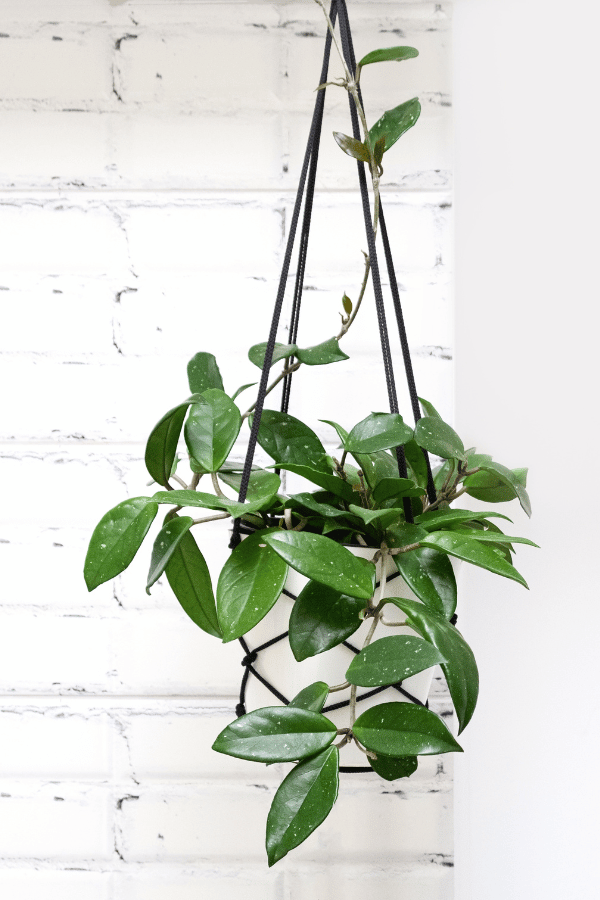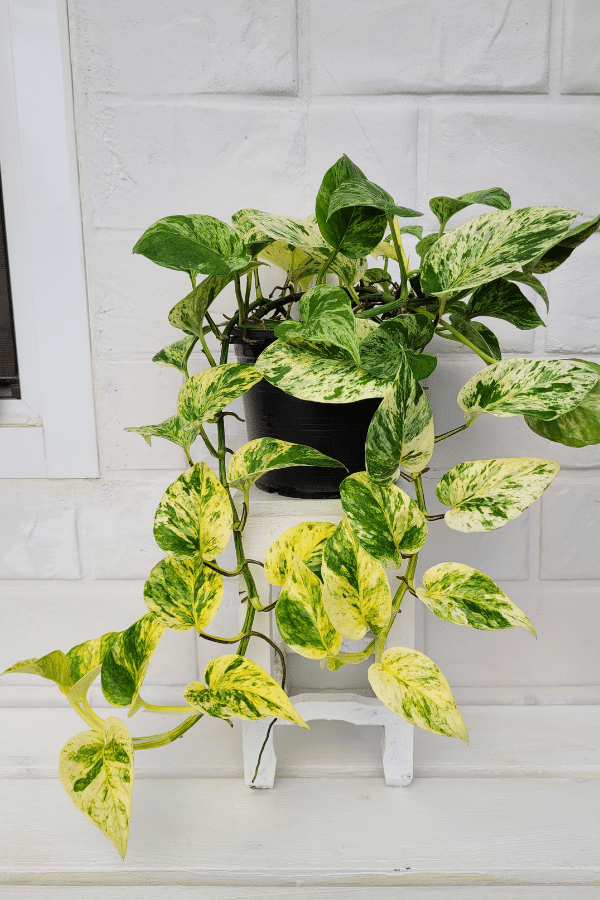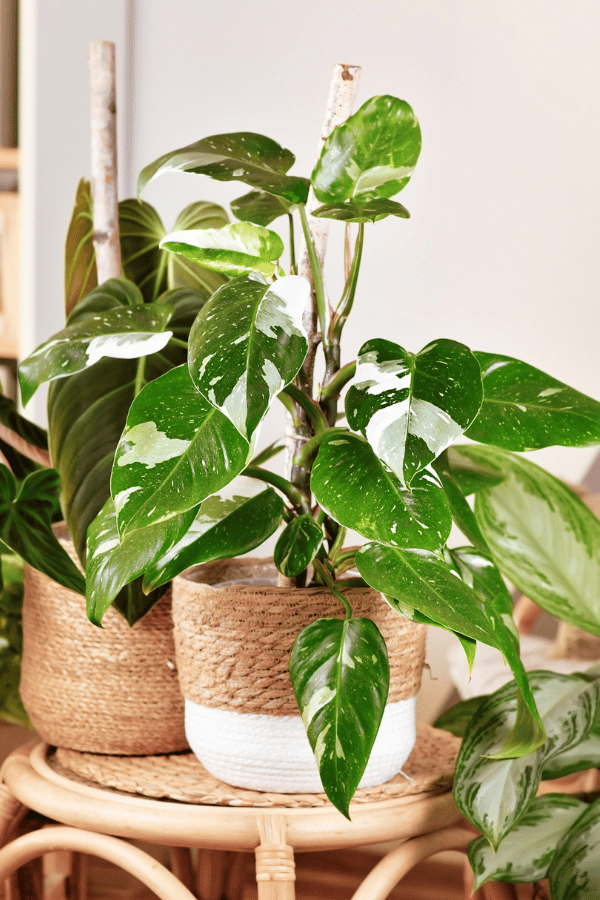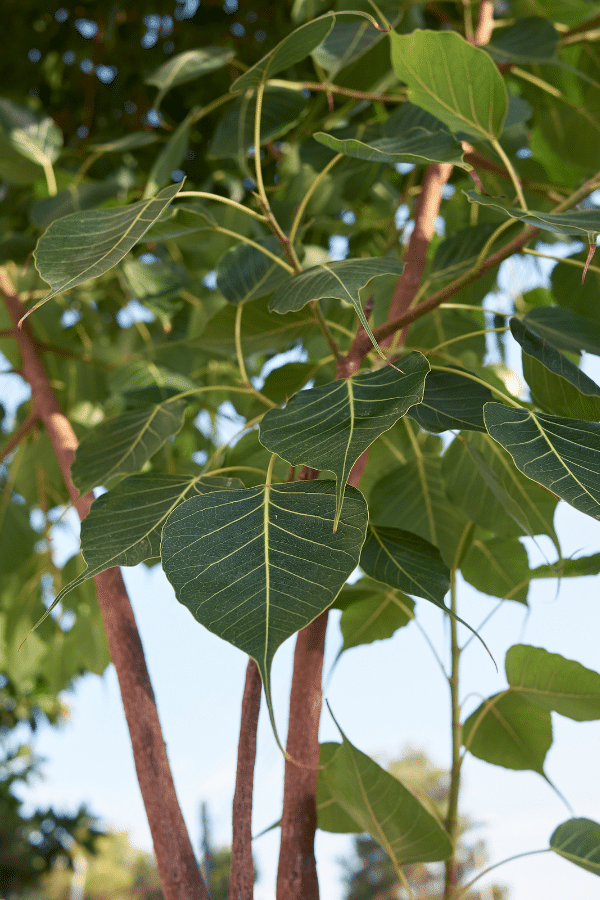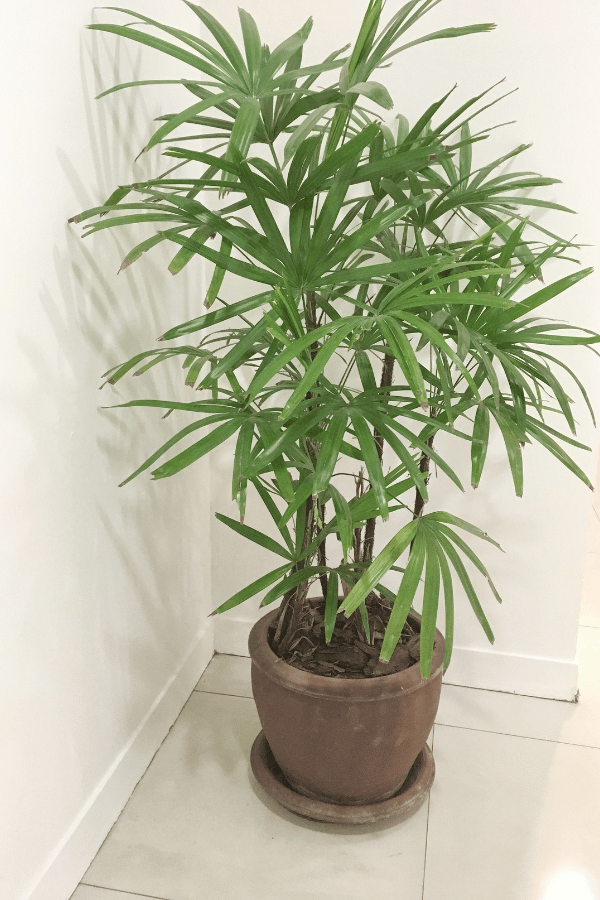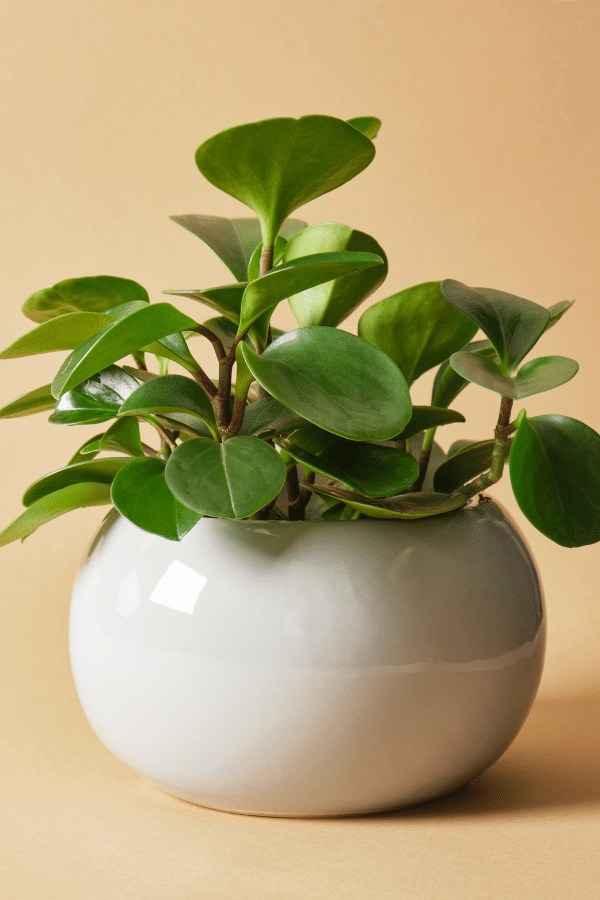Philodendron Fertilizer
Philodendrons are a popular houseplant because of their easy care and lush foliage. These plants grow well in medium to bright light and like a moist, but not wet, soil. Fertilizing your Philodendron is important to keep it looking its best. There are many different types of fertilizers on the market, so it’s important to select one that is compatible with your plant’s needs. However, before you start fertilizing, there are a few things you need to know about the plant. In this post, we will discuss everything you need to know about fertilizing your indoor Philodendron so that you can keep it looking its best. We’ll also provide some tips on how to do it correctly.
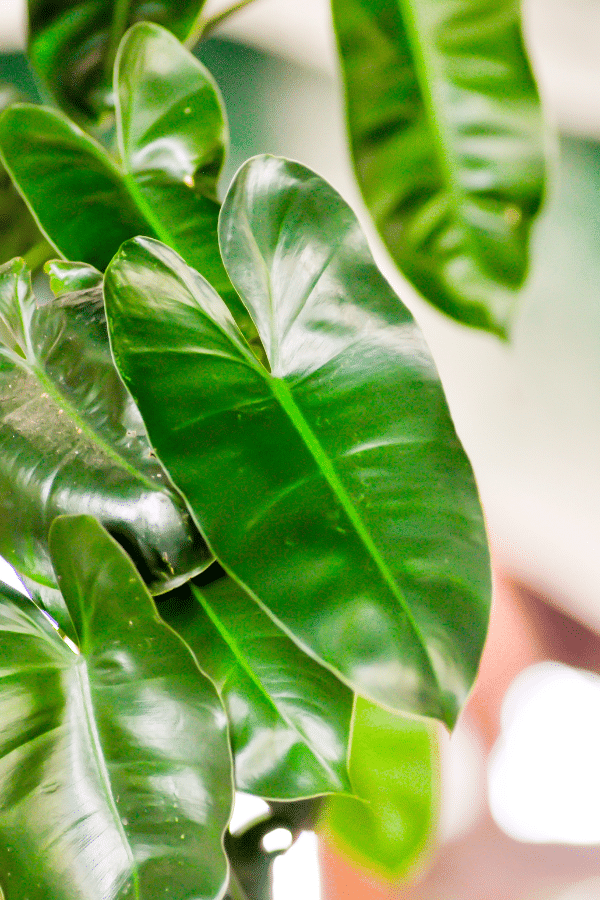
When to Fertilize Philodendron
Time of Year
Fertilize your Philodendron during the spring and summer months when the plant is actively growing. During this time, you can apply a balanced fertilizer every two weeks or use a slow-release fertilizer according to the labels instructions. Be sure to avoid over-fertilizing, as this can damage the roots and lead to leaf burn. If you notice that the leaves are turning yellow or brown, this is a sign that you are using too much fertilizer. Instead, cut back on the amount of fertilizer you are using or flush the soil with water to remove any excess.
Dormancy
A lot of plants can go into dormancy in the fall and winter time, especially if you live in the northern part of Northern America, like myself! So it’s important to just pay attention to what your plant needs. If it’s still putting out new growth, you can give it fertilizer, but if your plant is dormant, avoid fertilizing until the springtime.
How Often to Fertilize Philodendron
Philodendrons are typically easy to care for, but they do require regular fertilization to maintain healthy growth as fertilizer contains essential nutrients like copper and zinc. For most Philodendrons, it is best to apply a balanced fertilizer every two weeks during the growing season. However, if the leaves of your Philodendron begin to turn yellow, this is an indication that the plant is not getting enough nutrients and you should increase the frequency of fertilization. Once the growing season comes to an end, you can reduce the frequency of fertilization or switch to a slow-release fertilizer.
Over Fertilizing Signs
Wilted Leaves
Over fertilizing is a common problem when growing indoor plants. While a little bit of fertilizer can be beneficial, too much can cause problems for your plants. One of the most common signs of over fertilization is wilting leaves. This can be caused by a build-up of salts in the soil, which can damage the roots and prevent the plant from taking up moisture. In addition, over-fertilized plants are often more susceptible to pests and diseases. If you think you may have over-fertilized your plant, stop fertilizing and flush the soil with plenty of water to remove any excess fertilizer.
Yellow Leaves
Over fertilization is a common problem with Philodendron plants. While the occasional extra dose of fertilizer can give your plant a boost, too much fertilizer can cause the leaves to turn yellow. This is because the plant is unable to process the excess nutrients, which leads to leaf burn. If you see yellow leaves on your Philodendron, it is important to stop fertilizing immediately and allow the plant to rest. Once the leaves have recovered, you can resume fertilizing at half the recommended rate.
Under Fertilizing Signs
One sign that your Philodendron may be deficient in nutrients is if it starts to go into dormancy, especially when it’s during the spring and/or summertime. This means that the plant will stop growing and its leaves will start to turn brown and fall off. If you see these signs, you should fertilize your Philodendron as soon as possible. Another sign of under fertilization is if the leaves of your plant begin to turn yellow. This is a sign that the plant is not getting enough nutrients and it is important to fertilize it as soon as possible. If you wait too long, the leaves may turn brown and fall off, and the plant may die.
Fertilizer Ingredients
There are many different types of fertilizers on the market and plants need different ingredients depending on the environments given. From a base level, nitrogen, phosphorus, and potassium are going to be the main ingredients you look for in a fertilizer for Philodendron, hence why you’ll see a lot of fertilizers reference the NPK ratio on the bottle. The other fertilizer ingredients listed here, consider them an added bonus or look to those when all else fails with your Philodendron.
Nitrogen
Nitrogen is one of the most important elements for plant growth. It is one of the main ingredients in chlorophyll, which helps plants to photosynthesize and convert that sunlight into energy. Nitrogen is also involved in the production of proteins, enzymes, and hormones. A lack of nitrogen can lead to stunted growth and yellow leaves. For these reasons, it is important to use a nitrogen-rich fertilizer when growing Philodendrons. Nitrogen-based fertilizers are readily available at most garden centers and online retailers. When applied according to the instructions on the package, they can help to ensure that your Philodendrons have all the nutrients they need to thrive.
Phosphorus
One important ingredient in Philodendron fertilizer is phosphorus. This nutrient helps to encourage strong root growth and vibrant blooms. When choosing a fertilizer, look for one that contains a balance of nitrogen, phosphorus, and potassium. These three nutrients are essential for healthy plant growth. Apply the fertilizer according to the labels directions, and be sure to water the plants afterwards so that the fertilizer can reach the roots. With a little care, your Philodendrons will thrive.
Potassium
For healthy growth, Philodendrons need a potassium-rich fertilizer. Potassium helps the plant to develop strong roots and prevents disease. A lack of potassium can cause the leaves to turn yellow and the plant to stop growing. When choosing a fertilizer, look for one that contains at least 10% potassium. Apply the fertilizer every two weeks during the growing season. If you see the leaves turning yellow, increase the frequency of fertilizer applications. Remember to follow the directions on the fertilizer package, as too much potassium can be damaging to the plant.
Calcium
Any houseplant enthusiast worth their salt knows that calcium is important for plant growth. Not only does it help to promote strong root development, but it also helps to prevent blossom end rot and other problems. For Philodendron, calcium can be a bit tricky to come by. One way to provide your plants with this essential element is to use a fertilizer that contains calcium. When applied to the soil, these fertilizers help to ensure that your plants get the calcium they need to stay healthy and thrive. In addition, they can also help to correct any imbalances in the soil, ensuring that your plants have access to all the nutrients they need. So if you’re looking for a way to give your Philodendron a boost, be sure to consider using a calcium fertilizer.
Magnesium
A magnesium fertilizer can be a great way to give your Philodendron the nutrients it needs to thrive. Magnesium is an essential element for plant growth, and it helps to promote strong roots and vibrant leaves. When applied as a fertilizer, magnesium can help to correct deficiencies in the soil and ensure that your Philodendron has access to the nutrients it needs. In addition, magnesium fertilizer can also help to increase the pH of the soil, making it more acidic and ideal for growing Philodendrons. However, it is important to use a magnesium fertilizer sparingly, as too much of this nutrient can cause leaf scorch. If you are unsure how much magnesium fertilizer to use, be sure to consult with a professional gardener or horticulturist.
Sulfur
One important thing to keep in mind when caring for a Philodendron is that they need sulfur fertilizer. This element is crucial for the plant’s growth, and without it, the plant will eventually die. Sulfur can be found in many different types of fertilizer, but it is important to choose one that is specifically formulated for Philodendrons. Otherwise, you run the risk of over-fertilizing your plant and causing damage. With regular applications of sulfur fertilizer, your Philodendron will thrive and provide you with years of beauty.
Types of Fertilizer
From liquid fertilizer to a slow-release granular fertilizer, there are many different ways you can fertilize your Philodendron and here they all are. But there are also synthetic fertilizers and organic fertilizers. Organic fertilizers are going to have ingredients from organic matter, such as bone meal or manure. While chemical fertilizers will all be synthetically made with chemical ingredients. Organic fertilizers can be taken by the roots better than synthetic fertilizers can, thus helping to increase photosynthesis and healthy roots. While you can use Miracle Gro indoor plant food, there are better options out there on the market.
Compost
One type of fertilizer that can be used is compost fertilizer. Compost fertilizer is made from organic matter that has been decomposed, and it can be applied directly to the top of the soil or added to the watering can. When using compost fertilizer, it is important to follow the directions on the package, as too much fertilizer can damage the plant. For best results, apply compost fertilizer to Philodendron plants every two weeks during the growing season.
Worm Castings
If you are looking for an all-natural fertilizer for your Philodendron, look no further than worm castings. Worm castings are rich in nutrients and help to promote healthy growth in plants. In addition, worm castings help to aerate the soil and improve drainage. As a result, your Philodendron will be less likely to experience root rot or other problems associated with poor drainage. And because worm castings are slow-release, they will continue to provide nutrients for your plant over an extended period of time. For best results, apply worm castings to the soil around your Philodendron on a monthly basis.
Liquid Fertilizer
While Philodendrons are generally easy to grow, they will benefit from an occasional feeding with a liquid fertilizer formulated for use on houseplants. Before applying the fertilizer, water the Philodendron thoroughly so that the roots are moistened and the soil is evenly dampened. Apply the fertilizer at the rate recommended on the label, using care to avoid getting any on the leaves or stem. Water the plant again after applying the fertilizer to help distribute the nutrients throughout the root zone. For best results, apply liquid fertilizer every two to four weeks during the growing season. Remember to reduce or eliminate fertilization during late fall and winter when growth slows.
Slow Release Commercial Fertilizer
Fertilizing your Philodendron is important to ensuring its health and vitality. However, it’s important to use the right type of fertilizer. Slow release fertilizer is a good choice for Philodendron, as it provides a steady supply of nutrients over an extended period of time. This type of fertilizer is available in both granular and liquid form, so you can choose the one that best suits your needs. In general, slow release fertilizer should be applied every two to three months. However, be sure to follow the instructions on the packaging, as different products may have different application rates.
Granular Fertilizer
When choosing a fertilizer for your Philodendron, it is important to select one that contains the right mix of nutrients. Granular fertilizers are a good choice for plants because they can be easily controlled and applied directly to the potting mix. Moreover, they provide a slow and steady release of nutrients, which reduces the risk of over-fertilizing and burning the roots. If you are unsure about which fertilizer to use, ask your local gardening center for advice. With a little care and attention, your Philodendron will grow and provide you with years of enjoyment.
Homemade Fertilizer
DIY fertilizers like coffee grounds, eggshells, and aquarium water are also options for a fertilizer for your houseplant. I would suggest sticking with a fertilizer as mentioned above, so you know your Philodendrons are actually receiving the macronutrients and micronutrients they actually need, versus guessing on eggshells and aquarium water.
How to Fertilize Philodendrons
Philodendrons are tropical plants that are popular houseplants. They are easy to care for and can tolerate a wide range of growing conditions. While Philodendrons do not require frequent fertilization, they will benefit from being fertilized every few weeks during the growing season. The best way to fertilize a Philodendron is to use a balanced, water-soluble fertilizer and apply it according to the manufacturer’s instructions. Be sure to water the plant thoroughly before applying the fertilizer, and avoid getting any on the leaves or stem, as this can burn the plant. With proper care, your Philodendron will flourish and provide you with beautiful foliage for all of its time.
So, there you have it. Everything you ever wanted to know about fertilizing Philodendron (and then some). Now that you are an expert on the subject, get out there and start fertilizing! Your Philodendron will thank you for it. By following these simple tips, your Philodendrons will be healthy and thriving in no time.

